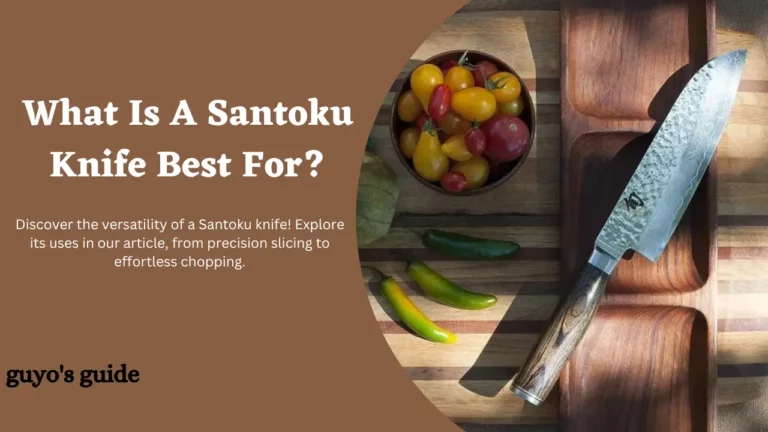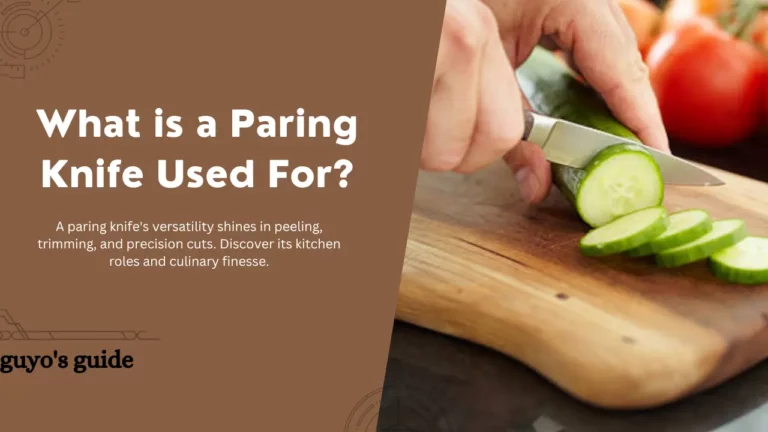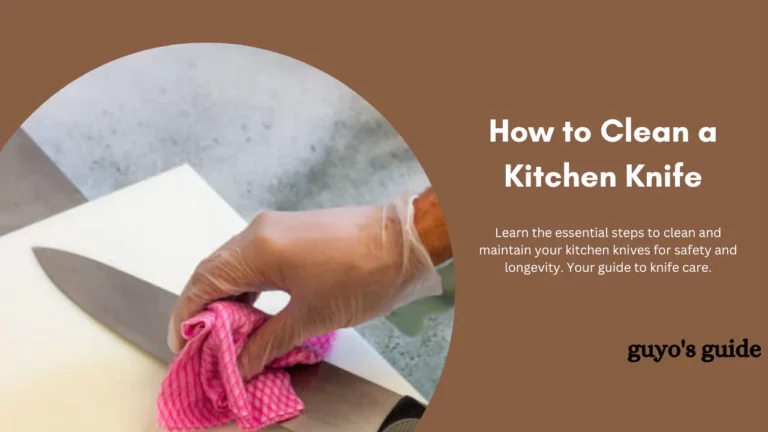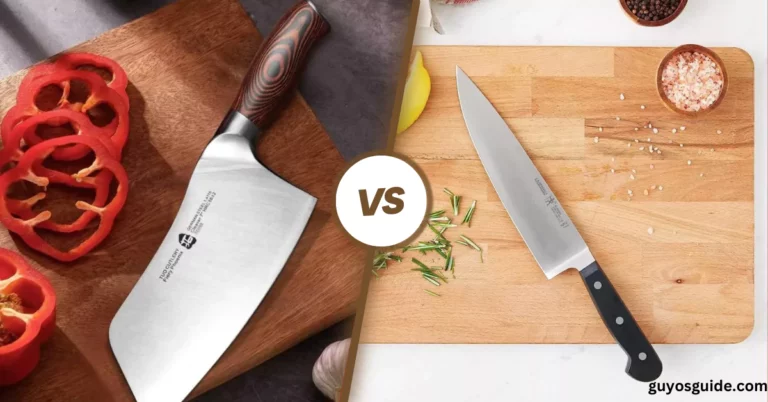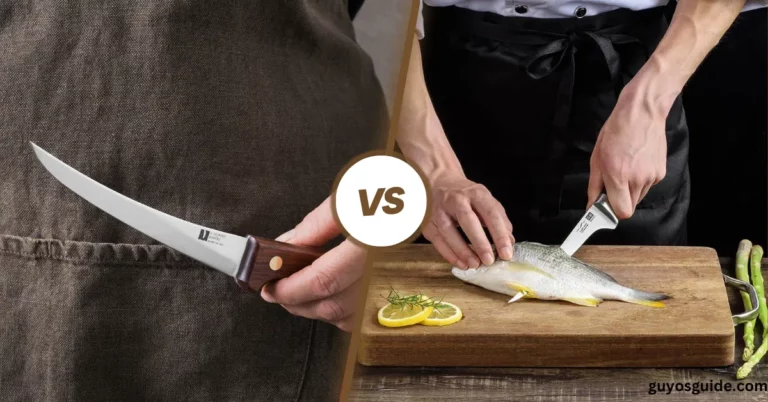What Is A Boning Knife and Where Do You Use It?

Some of the links in this post are affiliate links, meaning, at no additional cost to you, We will earn a commission if you click through and make a purchase.
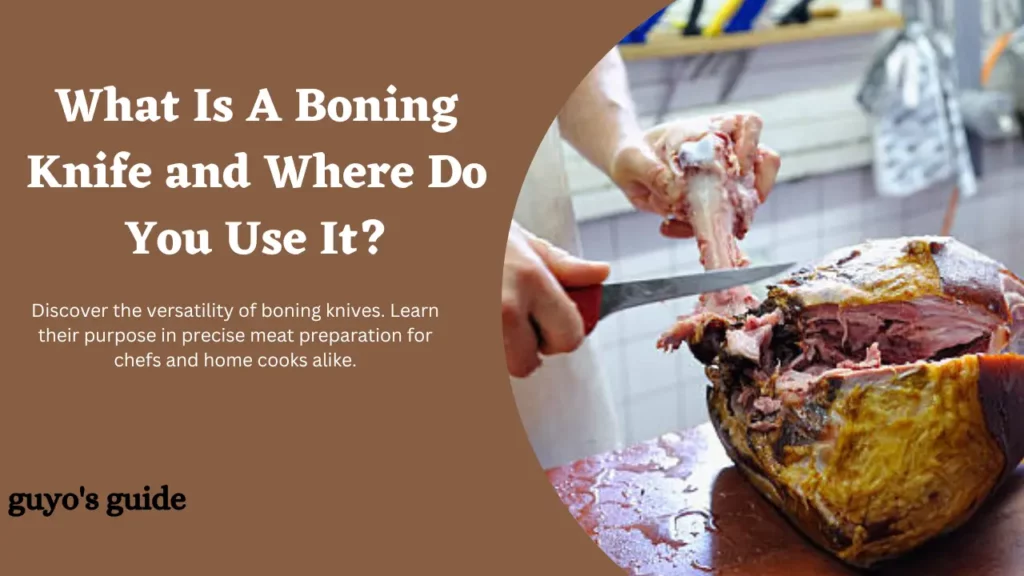
What exactly is a boning knife, and how does it differ from other types of knives?
In this article, we’ll explore the definition of a boning knife, the various types available, and how to choose the best one for your needs.
We’ll also cover tips and techniques for using a boning knife safely and effectively, so you can take your culinary skills to the next level.
Let’s get started.
What is a Boning Knife?

A boning knife is a specialized kitchen knife with a thin, sharp, and narrow blade designed for precise and effortless removal of bones from meat, poultry, and fish.
Its sharp point and flexibility allow for navigating around joints, tendons, and cartilage, making it ideal for deboning tasks.
The knife’s narrow profile ensures minimal meat wastage and provides better control while working close to the bone.
Boning knives come in various sizes, from stiff to flexible, catering to different types of meats and cutting preferences, making them an essential tool for butchers, chefs, and home cooks in handling meat preparation with precision and efficiency.
Types of Boning Knives
There are several types of boning knives available, each with its own unique design and characteristics. Here are the following:
Western-style boning knives
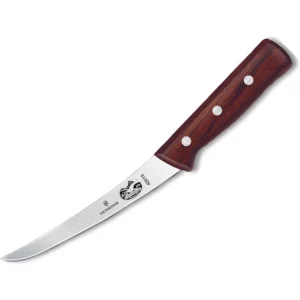
These knives have a broad, sturdy blade with a slight curve and a pointed tip. They are ideal for heavy-duty tasks like deboning beef or pork.
Japanese-style boning knives
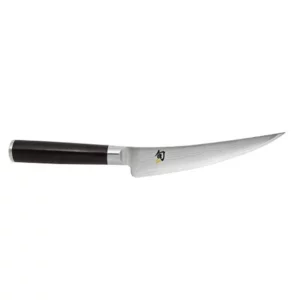
Also known as hankotsu knives, these knives have a narrow, straight blade that is highly flexible. They are designed for precise cuts on delicate meats like poultry and fish.
Curved boning knives
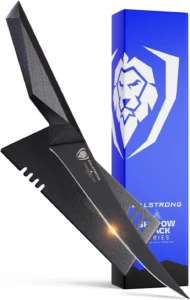
These knives have a curved blade that follows the contours of the meat, making it easier to make precise cuts and separate meat from the bone.
Straight boning knives
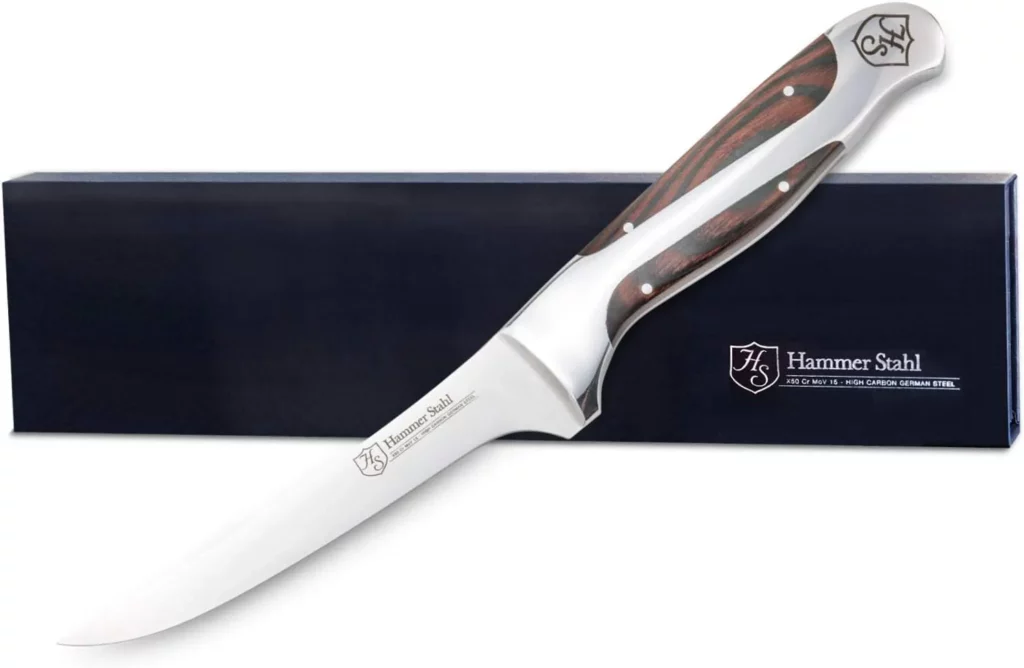
As the name suggests, these knives have a straight blade that is ideal for making precise cuts in tight spaces.
Real-Life Applications of a Boning Knife
Here are some real-life applications where a boning knife comes in handy:
1. Deboning Meat and Poultry
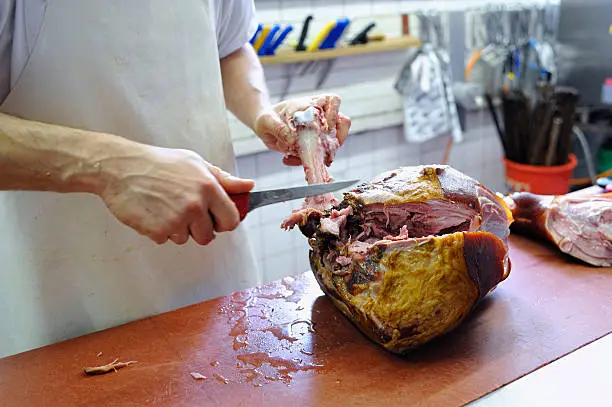
A boning knife is perfect for removing bones from cuts of meat and poultry, such as chicken, turkey, beef, pork, and lamb. Whether you’re breaking down a whole chicken, filleting a fish, or removing bones from a roast, a boning knife’s flexibility and sharpness make the process efficient and less wasteful.
2. Fish Filleting
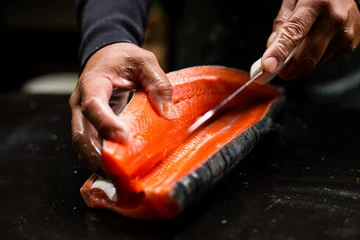
Filleting fish can be a delicate task, but a boning knife’s fine and flexible blade allows you to cleanly separate the flesh from the bones without damaging the meat. It’s ideal for fish like salmon, trout, snapper, or any other variety you might encounter.
3. Trimming Fat
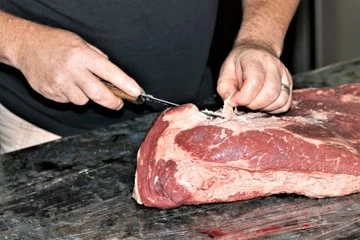
When trimming excess fat from meat or poultry, a boning knife provides precision and control. The sharp edge can glide along the surface to remove unwanted fat without removing excessive meat.
4. Butterflying Meat
Butterflying or spatchcocking is a technique where meat, such as chicken or pork, is cut open and flattened. A boning knife is great for this task, as it allows you to make precise cuts and evenly distribute the meat for more even cooking.
5. Preparing Ribs
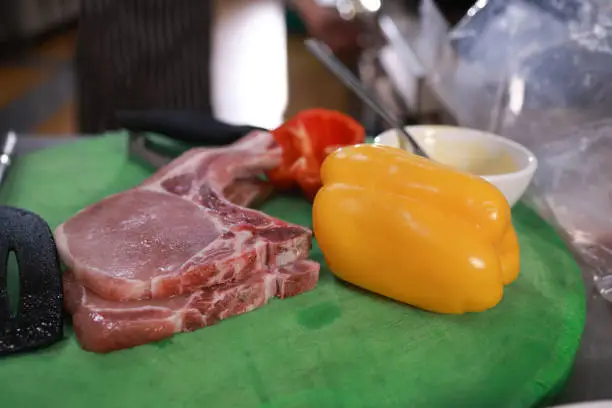
If you enjoy cooking and grilling ribs, a boning knife is useful for separating and trimming the individual ribs before seasoning and cooking.
How to Choose the Correct Boning Knife
Choosing the right boning knife can make a big difference in the overall quality of your cooking and the ease of your preparation. Here are some factors to consider when selecting a boning knife:
Blade flexibility
The flexibility of the blade should match the type of meat or fish you’ll be working with. More flexible blades are better for delicate fish, while stiffer blades work well for tougher meats like beef or pork.
Blade shape and size
Consider the general size and shape of the blade based on the type of meat or fish you’ll be preparing, as well as your own personal preferences. Straight blades are suitable for making precise cuts in tight spaces, while curved blades can help you follow the contours of the meat.
Handle material and desiknifes gn
The knife’s handle should provide a comfortable and secure grip and be made of a durable and easy-to-clean material. Handles can be made of materials like wood, plastic, or rubber and may feature ergonomic shapes or textured surfaces for added grip.
Budget and quality
Boning knives come in a range of price points, and it’s important to consider both your budget and the quality of the knife. Look for a knife made with high-quality materials and construction that will stand up to frequent use.
Tips For Using a Boning Knife Effectively
Using a boning knife requires a combination of skill and technique to ensure safe and efficient meat preparation. Here are some tips for using a boning knife effectively:
Choose the right knife
As we mentioned earlier, choosing the right type of boning knife is essential. Consider the type of meat or fish you’ll be working with and your preferences for blade shape, size, and flexibility.
Secure the meat
Before using a boning knife, it’s important to secure the meat or fish in place. This can be done using a cutting board with a non-slip surface or a meat hook to hold the meat steady.
Make precise cuts
Use the tip of the boning knife to make precise cuts around the bone or joint, taking care to avoid cutting through the bone. Use a sawing motion to carefully separate the meat from the bone.
Remove excess fat and skin
A boning knife may also be used to eliminate excess fat and skin from the meat. Use the sharp tip of the boning knife to carefully cut away any unwanted fat or skin, taking care not to remove too much meat in the process.
Practice proper knife safety
As with any kitchen tool, it’s important to practice proper knife safety when using a boning knife. Keep your fingers and other body parts away from the blade, and use a cutting board or other surface to avoid accidentally cutting yourself.
Wrap Up
A boning knife is an important tool for any home cook or professional chef. With its specialized blade, a boning knife can easily make precise cuts and remove bones and excess fat, making it ideal for preparing a wide variety of meats and fish.
Whether you’re a seasoned chef or starting out in the kitchen, understanding the different types of boning knives, how to choose the right one, and how to use it properly can help you achieve professional-level results in your cooking.
So why not invest in a quality boning knife today and take your culinary skills to the next level? With the right tools and techniques, the possibilities are endless!

